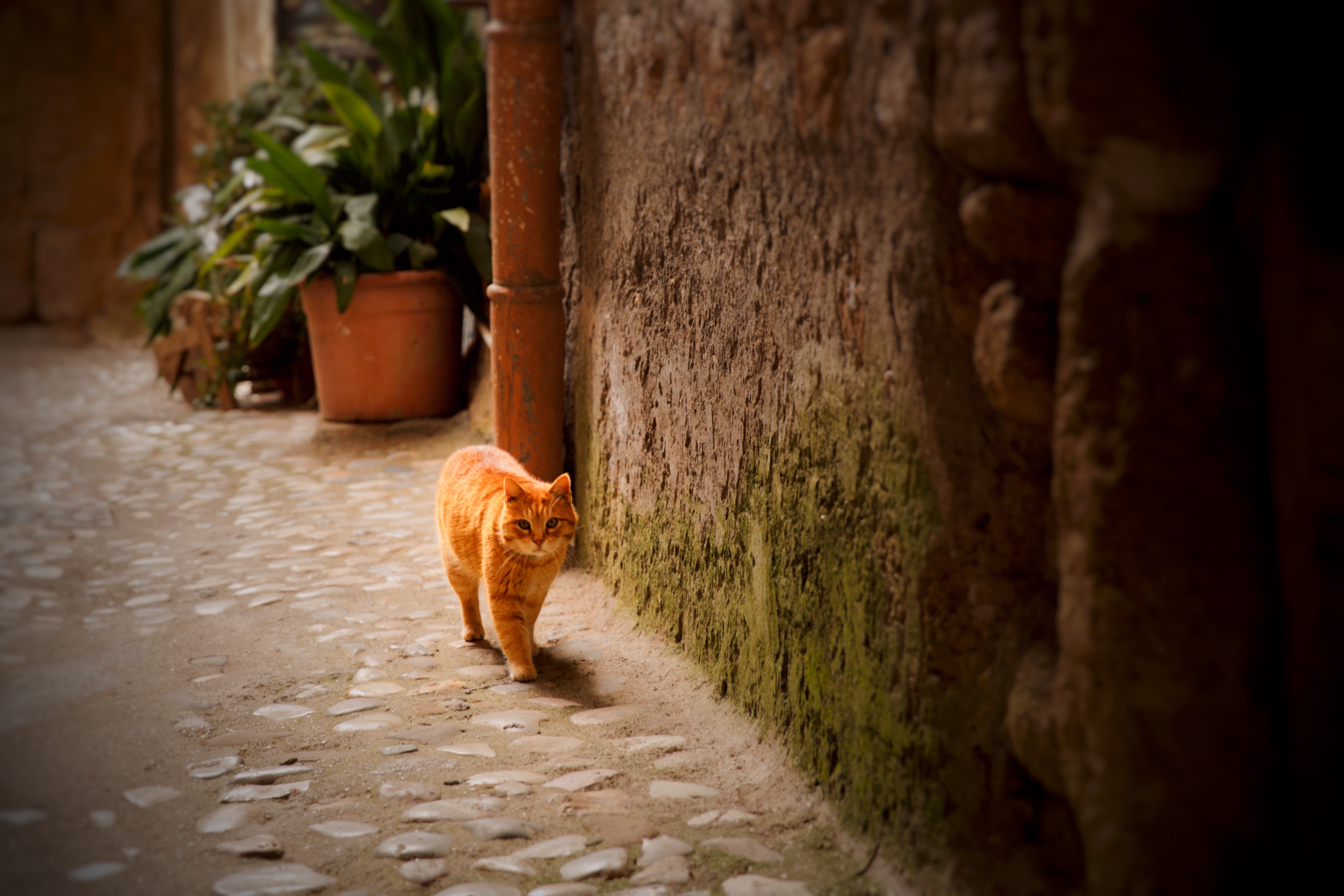






Your Custom Text Here
Calcata è un comune italiano di 918 abitanti della provincia di Viterbo nel Lazio; dista dal capoluogo circa 45 km. Cuore dell’Agro Falisco, lo scenario offerto dalla Valle del Treja, in particolare nel punto in cui sorge il borgo di Calcata, è considerato uno dei più incantevoli paesaggi laziali: la folta e impenetrabile vegetazione, con i suoi colori sempre cangianti al mutare delle stagioni, ammanta i caldi toni rossi e marroni delle rocce tufacee, che formano alte pareti, pinnacoli, gole e tagliate. Qui, su uno sperone proteso nel vuoto, si erge il piccolo borgo medievale, che, come una penisola in un mare di smeraldo, rapisce lo spettatore e lo proietta in un’epoca indefinita, ove alle suggestioni ispirate dalla natura si aggiungono quelle di un medioevo magico e arcano.
Calcata, a medieval town built on mountain tops near Roma. In many ways Calcata is a very typical and traditional Italian style of living, or you can call it a hill town. Artists from Italy and overseas began to build their homes in the historic buildings, restoring ruins and bringing the ancient village back to life as a kind of bohemian idyll. Nowadays the village still has some of the sleepy atmosphere of an abandoned village. Visit during a weekday you’ll find stray cats dozing and empty alleys. But come on lunchtime, holidays and weekends, doors and shutters are open and you’ll find galleries to visit, homespun cafes to enjoy your cup of latte Macchiato, and local food to enjoy. As a destination it offers a good balance between authenticity and visitor-friendliness. Although there is not a great deal to do or see in Calcata, it makes a refreshing break from the turmoil of Rome, and, as an example of Italy’s abandoned hill towns, it offers an insight into a different Italy.
Calcata è un comune italiano di 918 abitanti della provincia di Viterbo nel Lazio; dista dal capoluogo circa 45 km. Cuore dell’Agro Falisco, lo scenario offerto dalla Valle del Treja, in particolare nel punto in cui sorge il borgo di Calcata, è considerato uno dei più incantevoli paesaggi laziali: la folta e impenetrabile vegetazione, con i suoi colori sempre cangianti al mutare delle stagioni, ammanta i caldi toni rossi e marroni delle rocce tufacee, che formano alte pareti, pinnacoli, gole e tagliate. Qui, su uno sperone proteso nel vuoto, si erge il piccolo borgo medievale, che, come una penisola in un mare di smeraldo, rapisce lo spettatore e lo proietta in un’epoca indefinita, ove alle suggestioni ispirate dalla natura si aggiungono quelle di un medioevo magico e arcano.
Calcata, a medieval town built on mountain tops near Roma. In many ways Calcata is a very typical and traditional Italian style of living, or you can call it a hill town. Artists from Italy and overseas began to build their homes in the historic buildings, restoring ruins and bringing the ancient village back to life as a kind of bohemian idyll. Nowadays the village still has some of the sleepy atmosphere of an abandoned village. Visit during a weekday you’ll find stray cats dozing and empty alleys. But come on lunchtime, holidays and weekends, doors and shutters are open and you’ll find galleries to visit, homespun cafes to enjoy your cup of latte Macchiato, and local food to enjoy. As a destination it offers a good balance between authenticity and visitor-friendliness. Although there is not a great deal to do or see in Calcata, it makes a refreshing break from the turmoil of Rome, and, as an example of Italy’s abandoned hill towns, it offers an insight into a different Italy.